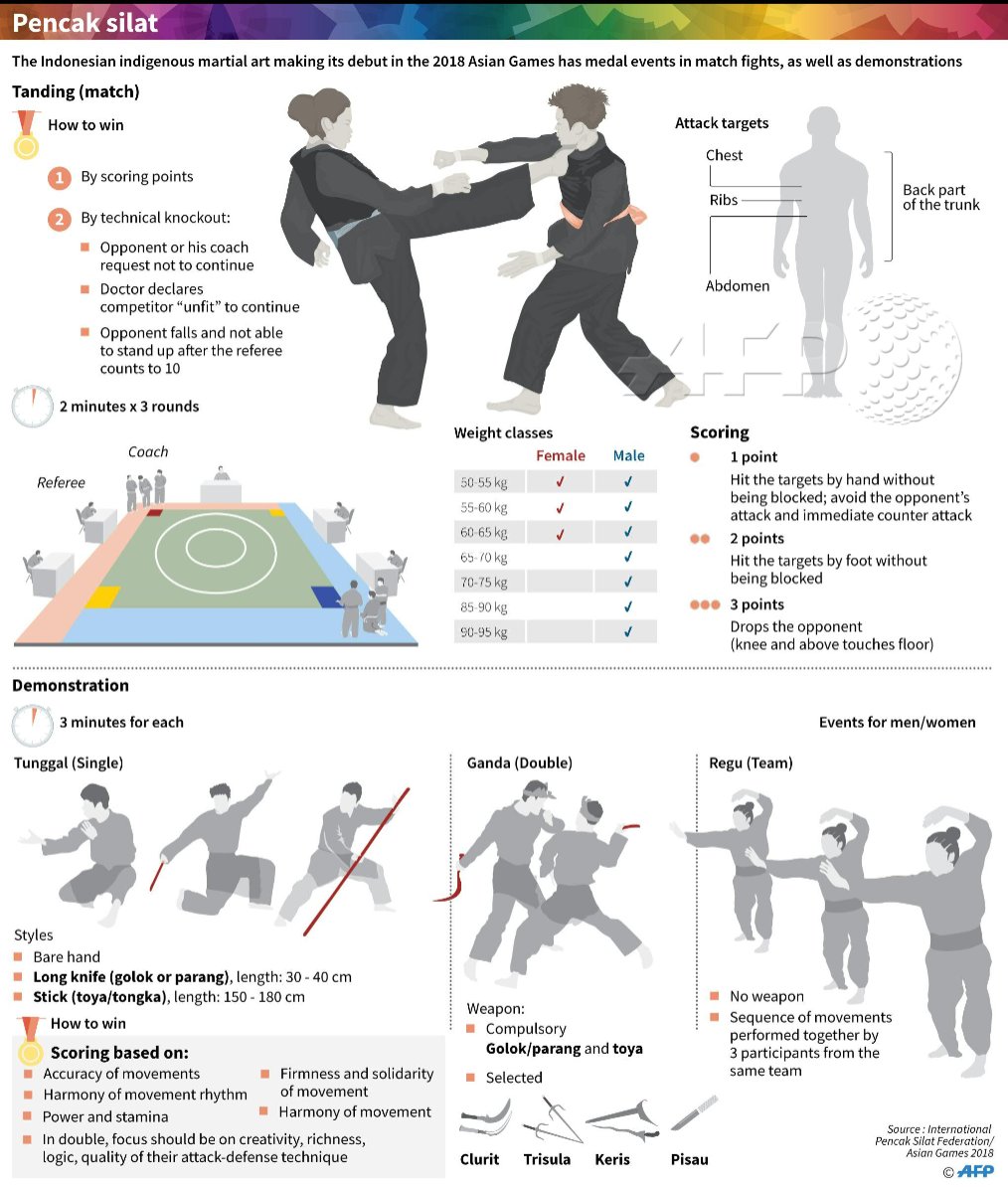A Historic Introduction And Progression Of Martial Arts Across The Globe
A Historic Introduction And Progression Of Martial Arts Across The Globe
Blog Article
Posted By-Padilla Fallon
Martial arts have an interesting history that covers centuries and continents. You might discover it appealing how old practices like Shuai Jiao and Kalaripayattu laid the groundwork for modern fight techniques. These disciplines not only stress physical skills however likewise mirror the societies that birthed them. As you discover their development, consider exactly how globalization has changed these conventional forms right into hybrid styles. What influences do you assume have shaped today's martial arts landscape?
Ancient Martial arts: The Structures of Combat
As you look into the globe of ancient martial arts, you'll discover the rich structures that shaped battle strategies throughout societies. Very early practices concentrated on Self-Defense and survival, frequently including strikes, hurting, and weapons.
In ancient China, as an example, strategies like Shuai Jiao stressed tosses and joint locks, while India's Kalaripayattu showcased agility and liquid movement. Japanese samurai established Kenjutsu, a refined swordsmanship that highlighted technique and technique.
These martial arts offered not just for battle yet also as a way of individual development, instilling worths like respect and willpower. The blending of these methods gradually laid the groundwork for the varied martial arts you see today, each reflecting the special philosophies and demands of its society.
The Cultural Influence on Martial Arts Development
While martial arts commonly reflect the sensible requirements of a society, they also symbolize the cultural values and beliefs of their origins. When you explore different martial arts, you'll see how they're affected by religion, approach, and social norms.
As an example, the focus on respect and technique in Japanese martial arts stems from Zen Buddhism and samurai culture. On the other hand, Brazilian Jiu-Jitsu promotes versatility and strategy, formed by the requirement for performance in a diverse, multicultural environment.
Suggested Site may discover that the routines, uniforms, and training methods mirror a community's background and identity. By understanding these cultural impacts, you strengthen your recognition of martial arts and their function in shaping human experiences across the globe.
Modern Adaptations and the Globalization of Martial arts
Martial arts have transformed dramatically in current years, adapting to contemporary society and worldwide impacts. You'll observe that standard kinds have blended with contemporary techniques, creating hybrid styles like mixed martial arts. These adaptations accommodate varied audiences, making martial arts accessible and appealing worldwide.
With asian world of martial arts of social media sites and digital platforms, you can locate tutorials and competitors from all corners of the globe, breaking geographical obstacles. This globalization has brought about a common recognition for various self-controls, from Brazilian Jiu-Jitsu to Taekwondo.
As you involve with these arts, you'll realize they're not practically battle; they advertise health and fitness, technique, and mental health.
Ultimately, modern adaptations have enriched the martial arts landscape, making it a dynamic and advancing technique.
Verdict
In exploring the history and development of martial arts, you uncover an interesting mix of techniques, cultures, and viewpoints. From old disciplines like Shuai Jiao and Kalaripayattu to the modern flexibility seen in mixed martial arts, martial arts show mankind's quest for Self-Defense and individual growth. As you involve with these techniques, you not just acquire abilities but likewise a much deeper recognition for the varied practices that shape our world today. So, continue your trip and welcome the art of fight!
